
Embarking on the journey of digital artistry requires more than just talent—it requires understanding of the right tools and techniques. This article will provide beginners with 12 essential steps to master digital art, from understanding the basics, to choosing the right software, to mastering sketching and painting styles.
Whether you're a novice or seeking to refine your skills, this comprehensive guide will aid in your quest for digital art proficiency.
Discover the transformative power of digital artistry today.
Understanding the Basics of Digital Art
Before delving into the intricacies of digital art, it is crucial to spend time understanding its basic principles and techniques.
Digital art is a diverse field, encompassing traditional art forms like painting and drawing, but executed via digital means.
It is essential to grasp digital art ethics, which involve respecting original content, maintaining authenticity, and crediting sources. These principles form the backbone of any digital creation and are respected by all reputable online art platforms.
These platforms provide a space for digital artists to showcase their work and foster innovation.
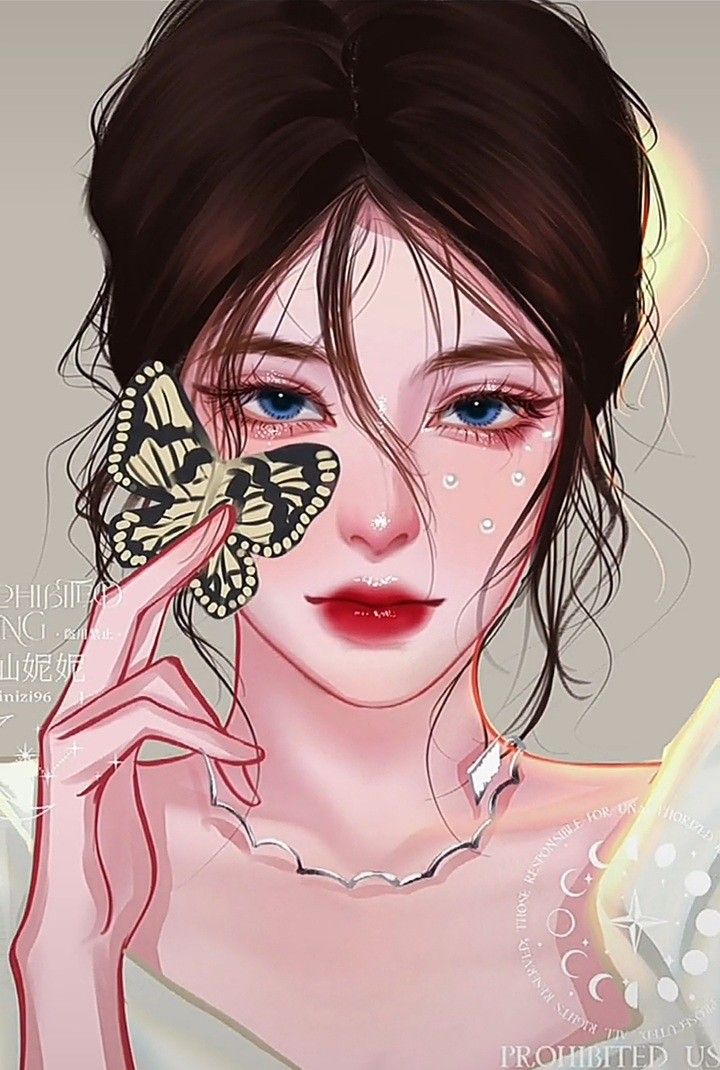
Learning the fundamentals of digital art, understanding its ethical considerations, and exploring online platforms are all essential steps in mastering this dynamic and ever-evolving form of art.
Choosing the Right Digital Art Software
Choosing the right digital art software is a critical step in the journey of a beginner artist. We will compare various software options, balancing cost against the features provided.
We will also consider the importance of user-friendly interfaces in the learning process.
Comparing Software Options
Numerous software options exist for digital art creation, each with its own strengths and weaknesses that must be carefully evaluated to ensure the best fit for your artistic needs. While considering factors like software durability and cross-platform compatibility, it's crucial to explore the versatility, user interface, and available features of the program.
Versatility:
The software should support a wide array of artistic styles and mediums.
Cross-platform compatibility is a bonus, allowing you to work on different devices without hindrance.
User Interface:
The layout should be intuitive to use, boosting your productivity.
Software durability is essential, minimizing crashes and data loss.
Features:
Availability of brushes, layers, filters, and other tools for creative expression.
Regular updates to keep the software innovative and current.

Price Vs. Features
How, then, does one strike a balance between cost and features when selecting the ideal digital art software for their needs?
The key lies in focusing on software affordability while not compromising on a quality comparison of essential features. It's vital to identify the functionalities that align with your artistic style and workflow.
Some software might be inexpensive but lack advanced tools, while others might be feature-rich but excessively pricey. Look for software that offers a well-rounded toolset, user-friendly interface, and consistent updates to stay in line with the evolving digital art world.
A thorough cost-benefit analysis can help ensure you get the best value for your investment, striking that perfect balance between price and features while propelling your digital art journey forward.
User-Friendly Interfaces
In the realm of digital art, functionality and user-friendliness must go hand in hand when selecting the right software for your creative endeavors. The interface of your chosen software should offer a balance of design aesthetics and interface customization. This not only enhances your creativity but also ensures a seamless workflow.
Interface Customization:
- Customizable toolbars and palettes for easy access to frequently used tools.
- Options for personalizing workspace layout to suit individual work style.
Design Aesthetics:
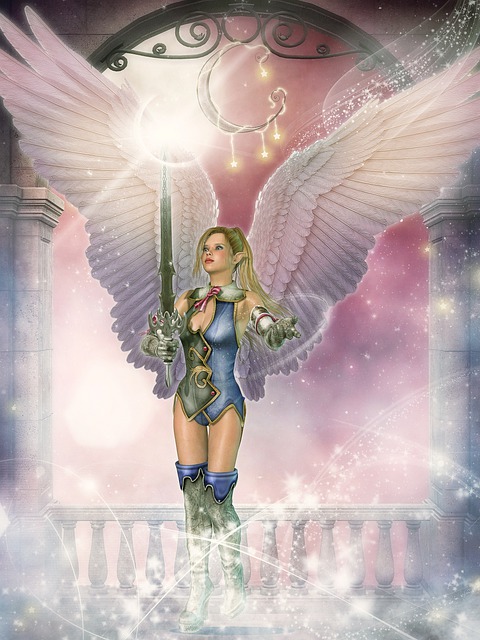
- Clean, intuitive interface that reduces eye strain and increases productivity.
- Visually pleasing elements that inspire creativity and innovation.
Acquiring proficiency in digital art requires a thorough understanding of a variety of digital tools and software. Digital tool maintenance is crucial for ensuring consistent quality and performance. Regular software updates, system checks, and data backups help maintain the functionality of your tools.
Tablet selection is another vital aspect to consider. Choose a tablet that aligns with your specific needs, considering key factors such as pressure sensitivity, resolution, and size. Many artists prefer tablets that offer a natural drawing experience. Some tablets even mimic the texture of paper, providing a more traditional feel.
Experimenting with different tools and understanding their unique features will enable you to leverage these resources effectively, pushing the boundaries of what you can create digitally.
Mastering the Art of Digital Sketching
As you delve deeper into the digital art world, mastering the art of digital sketching becomes an essential skill, and it serves as the cornerstone for all your subsequent artwork. It entails understanding the nuances of different techniques, such as sketching perspectives and gesture drawing.
Sketching perspectives:
Learning how to sketch perspectives helps in creating depth and dimension in your artwork. It allows you to portray objects as they appear in real life - smaller when far and larger when nearby.
Gesture drawing:
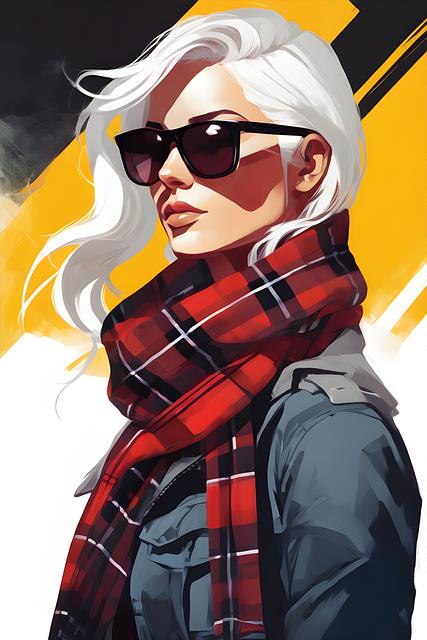
This technique is vital to capture the essence of the subject's movement and form. It is often rapid and expressive, focusing more on the motion rather than the details.
Practicing these skills persistently can help you achieve a higher degree of proficiency in digital sketching.
Exploring Different Digital Painting Styles
In the realm of digital art, a multitude of painting styles exists, each with its own unique aesthetic and technique. As part of our exploration, it is essential to identify popular styles and understand their characteristics.
Furthermore, adapting these styles to digital mediums will be of utmost importance, ensuring the essence of each style is effectively translated within the digital platform.
Identifying Popular Painting Styles
Understanding various digital painting styles is a critical step in honing your artistic capabilities and developing your unique voice as an artist. This process involves deriving art movements inspiration and adapting traditional techniques into the digital realm.
Realism
This style aims to depict subjects as they appear in real life. High attention to detail is key.
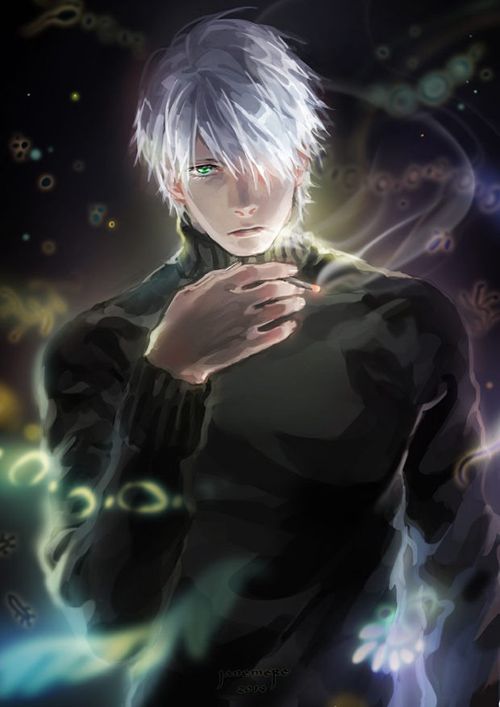
Impressionism
Here, artists capture the essence or impression of a scene, often emphasizing the effects of light.
Abstract
Abstract style breaks away from traditional representation, allowing an artist to freely express their emotions or ideas.
Exploring these styles can enhance your digital art techniques, encouraging innovation and creativity. Don't be afraid to experiment; the digital canvas is forgiving and endlessly adaptable.
Adapting Styles to Medium
Mastering digital art techniques requires a balance between adapting traditional styles to new mediums and exploring entirely unique digital painting styles, thus creating a fusion of textures and visual narratives.
One must comprehend the medium limitations within digital art to fully exploit its capabilities. This involves understanding how to translate traditional techniques like cross hatching into the digital realm, creating distinctive textures and depth.
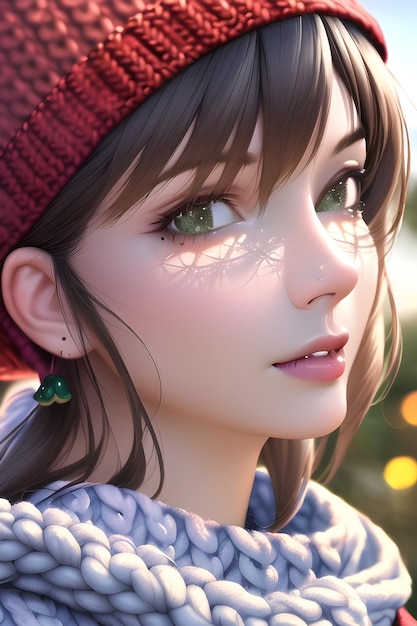
Adapting styles to different digital mediums can lead to innovative effects and new artistic expressions. From blending and shading to digital cross hatching, the artist's toolbox expands exponentially.
Exploring different digital painting styles allows for greater creativity and experimentation, pushing the boundaries of what is possible in the digital art world.
The Importance of Layers in Digital Art
Why are layers a vital component in the creation of digital art?
The answer lies in the flexibility and control they offer. Layers facilitate various layering strategies and create layer transparency effects, contributing significantly to the richness and complexity of digital art.
- Layering strategies:
- Sequential layering: This involves building the artwork piece by piece, layer by layer, allowing for precise control over every element.
- Non-destructive editing: Edits made on one layer don't affect others, preserving the original work and enabling experimentation.
Layer transparency effects:
- Opacity control: Layers can be made semi-transparent, creating depth and visual interest.
- Blending modes: These dictate how layers interact, enabling the creation of unique textures and color effects.
Thus, mastering layers is key to unlocking the full potential of digital art.
The Role of Color Theory in Digital Art
In the realm of digital art, the application of color theory is integral, with three primary colors forming the foundation of all the hues we see.
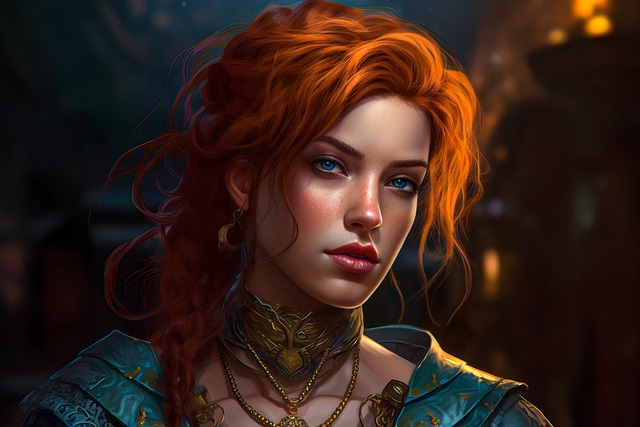
The color psychology impact is substantial; it influences the viewer's perception and emotional response, giving depth to the artwork.
The pigment selection significance cannot be overlooked as it breathes life into the digital canvas, creating an interplay of light and shade.
A nuanced understanding of colors can help in creating visually appealing and emotionally resonant art pieces.
Using color theory innovatively can lead to new explorations in digital art, pushing boundaries and fostering creativity.
Therefore, mastering color theory remains a crucial step in the journey of becoming an accomplished digital artist.
Experimenting With Textures in Digital Art
As we continue our exploration into digital art techniques, we now turn our attention to the use of textures.
Understanding different texture types is crucial as it forms the basis of conveying realistic or abstract visual experiences.
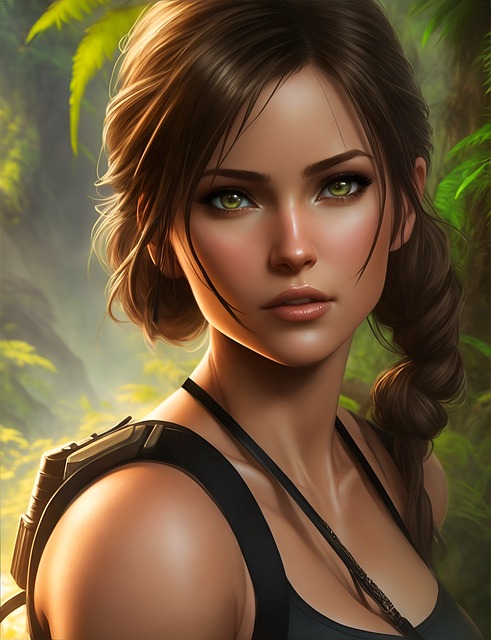
Through creative application, textures can enhance depth and add a distinctive character to your digital artwork.
Understanding Texture Types
Mastering the use and application of different textures is a crucial step to enhance the depth and realism in your digital art creations. The process begins with texture sourcing, which includes methods like texture photography where you capture a variety of material surfaces to utilize as references in your digital art.
Understanding Texture Types:
- Natural Textures - These are derived from elements in nature such as rocks, tree bark, clouds, etc.
- Man-made Textures - These include textures from constructed items like brick walls, tiles, fabrics, etc.
- Abstract Textures - These are digitally created textures that do not mimic real-world textures but add a unique aesthetic to your artwork.
Through consistent practice, you can experiment and learn how to effectively apply these textures to your digital art.
Applying Textures Creatively
The art of applying textures creatively in digital art is not merely a skill, but also a form of experimentation and innovation, for it demands an understanding of different texture types and their potential impact on the overall composition.
Texture sourcing strategies become crucial in this process, requiring the artist to identify, collect and manipulate textures that best serve the desired aesthetic.
This creative application of textures can transform a simple design into a visually complex masterpiece, enhancing depth and realism.
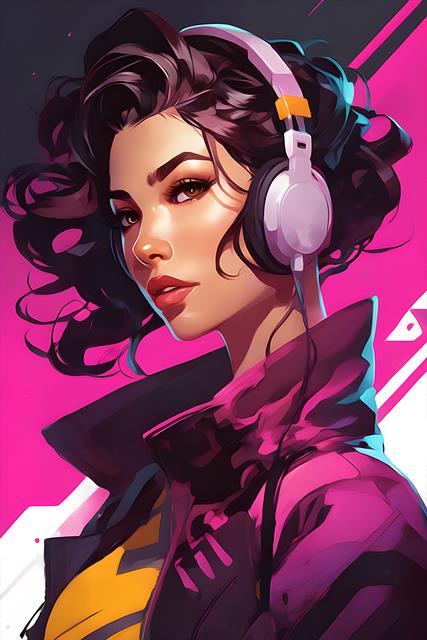
Photorealism through textures, in particular, is an innovative technique that can create a lifelike representation in digital art. It requires careful selection, layering, and blending of textures to mimic the intricate details of real-life objects.
This experimentation with textures is an exciting frontier in digital art, pushing the boundaries of creativity and realism.
Understanding how to effectively use transform and manipulation tools can significantly boost your ability to create compelling digital art. These tools, when mastered, provide a wealth of possibilities for artists to innovate and refine their work.
Transform Tool Efficiency
This tool allows for resizing, skewing, rotating, and positioning of elements, providing flexibility in design composition.
It can be used to create perspective and depth, enhancing the overall visual impact of your art.
Manipulation Tool Mastery
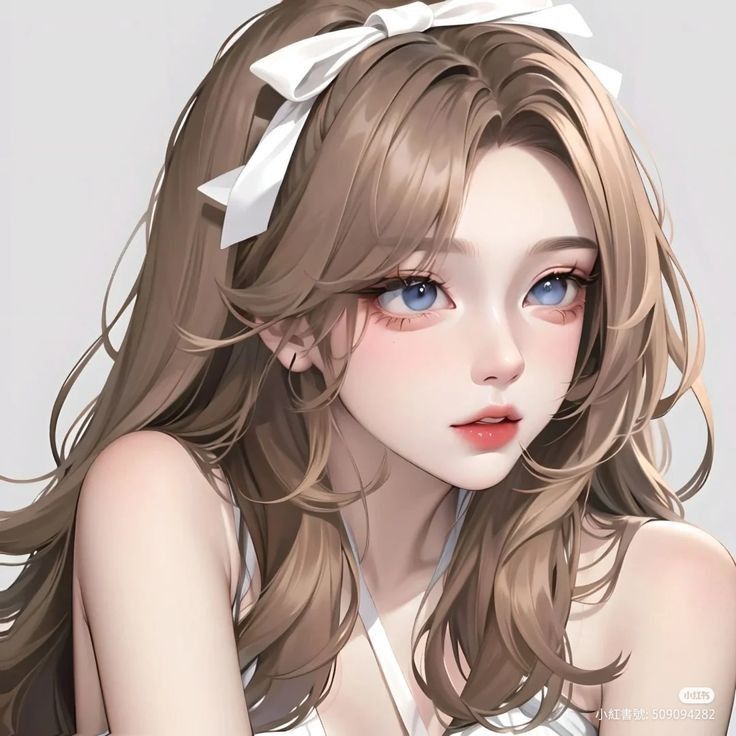
This encompasses various techniques such as smudging, dodging, burning, and cloning.
These techniques can be used to modify texture and color, add special effects, or fix imperfections.
The power of these tools lies in their capacity to enable artists to express their vision precisely and creatively.
In digital artistry, one must grasp the art of blending and, furthermore, recognize its crucial role in achieving smooth transitions and realistic textures.
The blending modes in depth allow for an array of creative possibilities, each mode with a unique way of interacting with the color and value of pixels. By understanding these modes, artists can create complex visual effects with ease and precision.
Alongside, digital smudging techniques are essential to smoothen rough edges, blur specific areas, or create a sense of motion. The ability to control these techniques can significantly enhance the level of realism in your work.
To innovate in the digital art landscape, mastering blending and smudging techniques is indispensable.
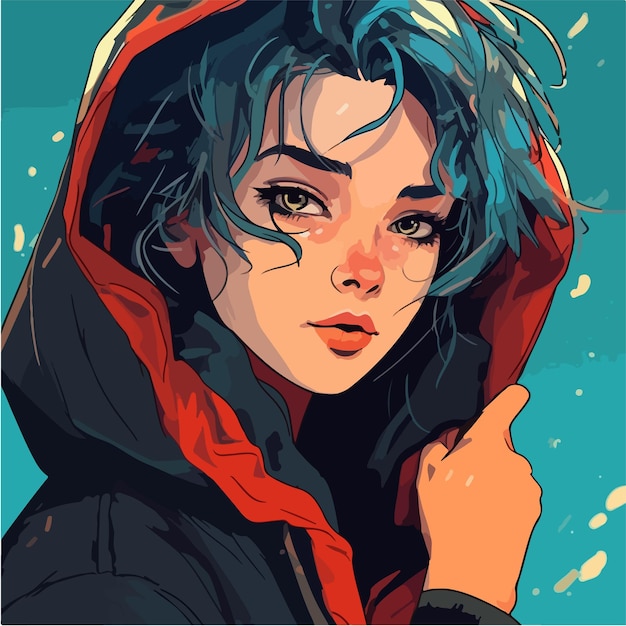
Tips for Improving Your Digital Art Workflow
How can one streamline their digital art process to enhance productivity and improve the quality of their work? The answer lies in optimizing your workflow. A well-structured workflow can reduce the time spent on unnecessary tasks and enhance the quality of your work.
Here are a few tips:
Stylus Selection: Choosing the right digital stylus can significantly enhance your drawing experience. Consider the pen pressure, tilt recognition, and ergonomics.
Consider stylus with higher pressure sensitivity for more accurate strokes.
Opt for stylus with tilt recognition for more natural drawing.
File Organization: Organize your files in a systematic way.
Create specific folders for each project.

Use a consistent naming system for easy retrieval.
These steps will help streamline your workflow and improve your digital art process.
Continuing Your Digital Art Learning Journey
After mastering the basics of digital art, and with consistent practice, it is essential to explore advanced techniques for a continuous learning journey. As you delve deeper, an important aspect to pay attention to is digital art preservation. This encompasses strategies to maintain the integrity and longevity of your digital creations. Understanding file formats, backup solutions, and the use of specialized software are all crucial elements of this process.
Community interaction is another vital aspect of your digital art journey. Joining forums, participating in workshops, and engaging in critiques can provide fresh insights and techniques. This constant exchange of ideas and feedback fosters creativity, innovation, and continuous growth in the digital art realm.
Frequently Asked Questions
What Are Some Common Challenges Beginners Face While Learning Digital Art Techniques?
Common challenges beginners face while learning digital art techniques include overcoming software hurdles, and selecting appropriate tools. Familiarizing with complex interfaces and understanding the vast array of digital tools can be overwhelming initially.
Can Digital Art Techniques Be Applied to Traditional Art Mediums?
Yes, digital art techniques can be effectively applied to traditional art mediums, a process known as Traditional Art Digitization. This fusion of Digital vs Traditional Art can innovate and enhance artistic expression and creativity.
How Can I Effectively Showcase My Digital Art to Potential Clients or Art Galleries?
Effectively showcasing digital art involves strategic portfolio presentation and artistic branding. A curated, high-quality portfolio, coupled with a unique brand identity, can captivate potential clients or art galleries, enhancing your visibility in the art market.
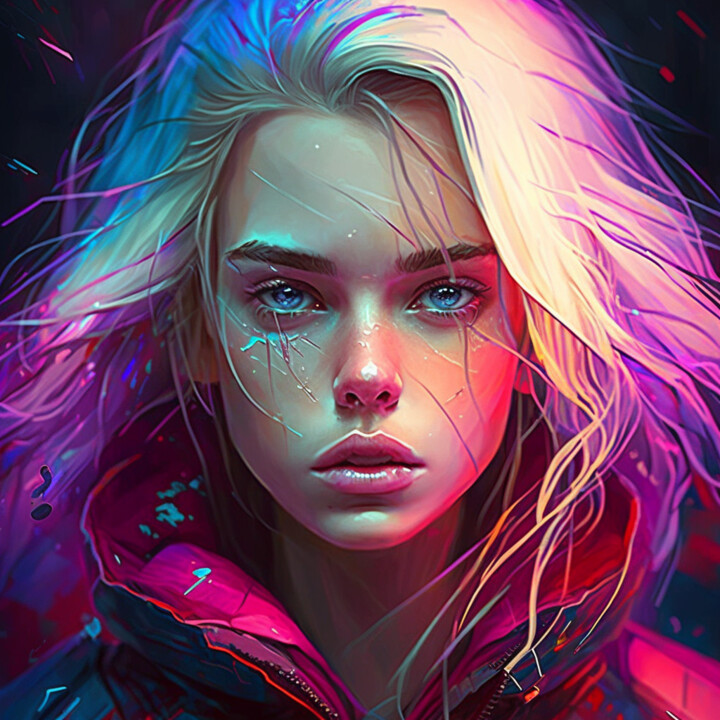
What Are Some Tips for Maintaining a Healthy Balance Between Digital Art Creation and Screen Time?
To balance digital art creation and screen time, consider incorporating Digital Detox Strategies. Regular breaks, eye exercises, and adjusting screen brightness can support Eye Health. Strive for a routine that fosters creativity and well-being.
Are There Any Specific Online Communities or Forums Where Beginners Can Interact and Learn From Experienced Digital Artists?
Yes, online learning platforms like DeviantArt, ArtStation, and Behance offer community engagement strategies through forums. Experienced digital artists often share insights, providing invaluable learning opportunities for beginners in these interactive environments.
 Digital Art InstructionDIY Infographics DesignMobile Game ArtworkPersonalized Logo Design3D AnimationeBook Covers DesignPrivacy PolicyTerms And Conditions
Digital Art InstructionDIY Infographics DesignMobile Game ArtworkPersonalized Logo Design3D AnimationeBook Covers DesignPrivacy PolicyTerms And Conditions
